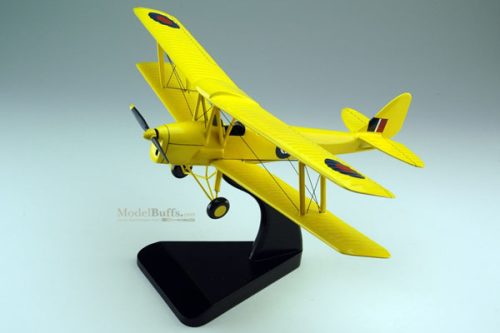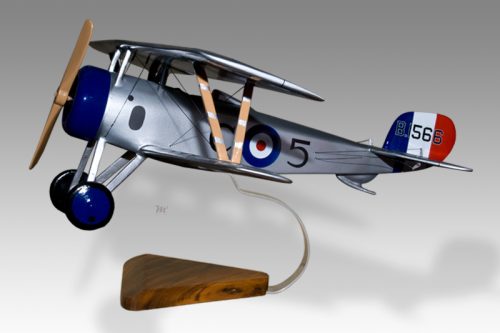Early flight is marked by pioneering efforts, experimentation, and groundbreaking achievements. Here are some of the best examples of early flight, ranging from lighter-than-air to heavier-than-air machines:
- Montgolfier Brothers’ Hot Air Balloon (1783): Joseph-Michel and Jacques-Étienne Montgolfier demonstrated the first public ascent of a hot air balloon in Annonay, France. This marked the first instance of humans achieving flight.
- Jean-Pierre Blanchard’s Balloon Flight (1793): He became the first person to fly a balloon in the United States. The flight took off in Philadelphia and was witnessed by President George Washington.
- Sir George Cayley’s Glider (1804-1853): Often referred to as the “Father of Aviation,” Cayley designed and built several gliders, effectively laying down the principles of aerodynamics and flight.
- Otto Lilienthal’s Gliders (1891-1896): Known as the “Flying Man,” Lilienthal made over 2,000 flights in gliders of his design, proving that controlled flight was achievable. His work greatly influenced future aviators, including the Wright brothers.
- Langley’s Aerodrome (1903): Although it failed to achieve sustained flight, Samuel Langley’s full-sized Aerodrome was a notable attempt, backed by significant research and development.
- Wright Brothers’ Wright Flyer (1903): On December 17, 1903, in Kitty Hawk, North Carolina, Orville and Wilbur Wright achieved the first sustained, controlled, powered heavier-than-air flight, marking a pivotal moment in aviation history.
- Alberto Santos-Dumont’s 14-bis (1906): The Brazilian aviation pioneer achieved one of the first public flights of an airplane in Paris. His contributions were crucial in proving the potential of air travel to a broader audience.
- Louis Blériot’s Blériot XI (1909): Blériot made history by becoming the first person to fly an airplane across the English Channel, connecting England and France.
- Glenn Curtiss’ Flights (1900s): An American aviation pioneer, Curtiss made significant advancements in aircraft design and control. In 1910, he piloted the first public flight in the U.S., and in 1919, his NC-4 aircraft was the first to fly across the Atlantic.
- Eugene Ely’s Shipboard Landings (1910-1911): Ely became the first pilot to take off from a ship (USS Birmingham) and later became the first to land on one (USS Pennsylvania), paving the way for the development of aircraft carriers.
If the model you require is not mentioned or shown below and is not listed for sale on our site just let us know what you need by clicking here.
Early Aviation
$249.50
Early Aviation
$249.50
Early Aviation
$279.50
Early Aviation
$279.50
Early Aviation
$239.50
Early Aviation
$279.50






